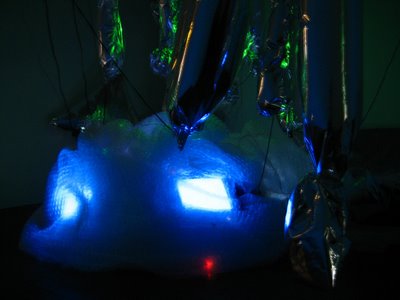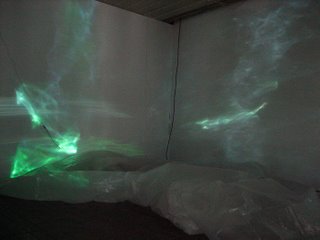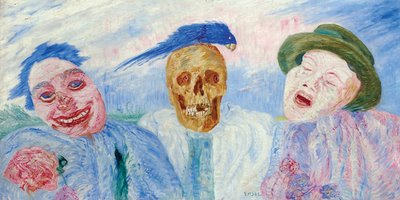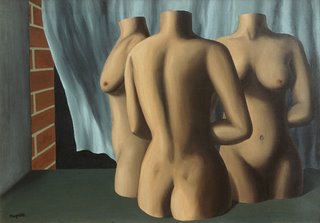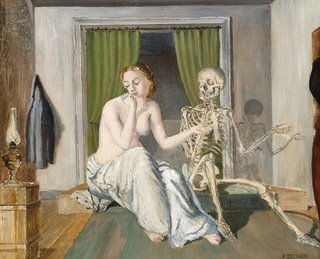Henry Horenstein

Here’s my review of Henry Horenstein’s photo exhibit “Honky Tonk: Portraits of Country Music 1972-1981” at the RISD Museum.
Among the 39 photos are cool shots of Jerry Lee Lewis (pictured at top), Dolly Parton, Waylon Jennings, Emmylou Harris, Loretta Lynn, Bill Monroe, Porter Wagoner, Mother Maybelle Carter and Tex Ritter (pictured below). Most are shot backstage or in parking lots; there are few performance scenes. Many of the photos began their lives as quick news shoots or album and promotional art. These images are fun as a hall of fame and a nostalgia trip of bouffant hairdos, bushy sideburns, polyester clothes and big cars. But most are more interesting for whom they show than their artistry.
 Horenstein, a 59-year-old Boston resident and photography professor at RISD, also spent time at the Grand Ole Opry in Nashville, seedy honky tonk taverns, country music parks and bluegrass festivals. The best of these slice-of-country-music-life pictures speak of people seeking a good time amidst hardscrabble circumstances.
Horenstein, a 59-year-old Boston resident and photography professor at RISD, also spent time at the Grand Ole Opry in Nashville, seedy honky tonk taverns, country music parks and bluegrass festivals. The best of these slice-of-country-music-life pictures speak of people seeking a good time amidst hardscrabble circumstances.Inspired by Diane Arbus photos from the ‘60s and Walker Evans’ Depression-era shots, Horenstein shot in a blunt, gritty documentary style with his medium-format Rolleiflex. In retrospect, the ‘70s was a highwater mark for modernist photography. The work of photographers like Edward Weston, Ansel Adams and Aaron Siskind, which emphasized the formal and abstract qualities of photos, was finally beginning to be accepted as art by museums. Arbus, Lee Friedlander and Garry Winogrand’s documentary photos were getting attention. Then postmodernism spawned the deadpan, dour, posed, increasingly artificial photography that has come to dominate the form today. In art photography these days, no one seems to be having much fun.
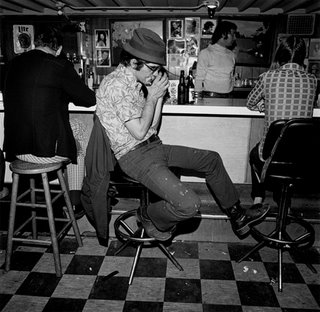 So it’s notable that in the “Honky Tonk” catalogue, the ratio of people smiling to people not smiling is about 50-50. In the RISD exhibition, though, non-smilers outnumber smilers by 2 to 1 resulting in a harder tone. I suspect this is because the book is geared toward country music fans, while the exhibition is designed to showcase Horenstein’s artistic bonafides.
So it’s notable that in the “Honky Tonk” catalogue, the ratio of people smiling to people not smiling is about 50-50. In the RISD exhibition, though, non-smilers outnumber smilers by 2 to 1 resulting in a harder tone. I suspect this is because the book is geared toward country music fans, while the exhibition is designed to showcase Horenstein’s artistic bonafides.Henry Horenstein, “Honky Tonk,” RISD Museum, 224 Benefit St., Providence, June 29 to Oct. 7, 2007.
Pictured from top to bottom: “Jerry Lee Lewis, Ramada Inn, Boston, Massachusetts,” 1975; “Tex Ritter, Hillbilly Ranch, Boston, Massachusetts,” 1973; and “Harmonica player, Merchant’s Cafe, Nashville, Tennessee,” 1974. All copyright 2003 Henry Horenstein.





